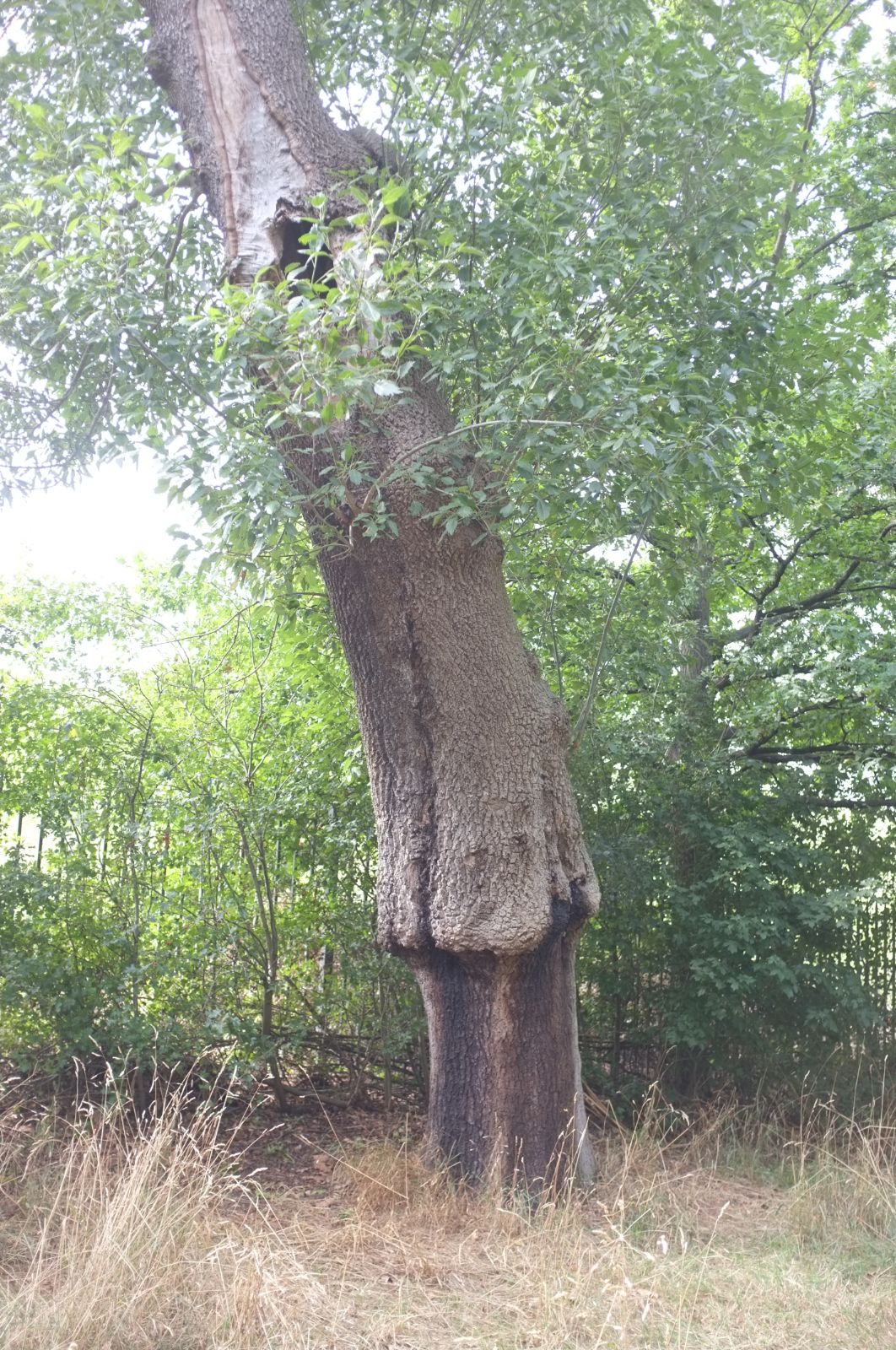Fraxinus 'Veltheimii'
Credits
Article from Bean's Trees and Shrubs Hardy in the British Isles
Recommended citation
'Fraxinus 'Veltheimii'' from the website Trees and Shrubs Online (treesandshrubsonline.
Genus
Synonyms
- F. veltheimii Dieck
- F. angustifolia var. monophylla Henry
Other taxa in genus
- Fraxinus americana
- Fraxinus angustifolia
- Fraxinus anomala
- Fraxinus biltmoreana
- Fraxinus bungeana
- Fraxinus caroliniana
- Fraxinus chinensis
- Fraxinus cuspidata
- Fraxinus dipetala
- Fraxinus elonza
- Fraxinus excelsior
- Fraxinus floribunda
- Fraxinus griffithii
- Fraxinus holotricha
- Fraxinus lanuginosa
- Fraxinus latifolia
- Fraxinus longicuspis
- Fraxinus mandshurica
- Fraxinus mariesii
- Fraxinus nigra
- Fraxinus obliqua
- Fraxinus ornus
- Fraxinus oxycarpa
- Fraxinus pallisiae
- Fraxinus paxiana
- Fraxinus pennsylvanica
- Fraxinus platypoda
- Fraxinus pubinervis
- Fraxinus quadrangulata
- Fraxinus rotundifolia
- Fraxinus sieboldiana
- Fraxinus sogdiana
- Fraxinus spaethiana
- Fraxinus syriaca
- Fraxinus texensis
- Fraxinus tomentosa
- Fraxinus velutina
- Fraxinus xanthoxyloides
A tree very similar in form and arrangement of leaf to the one-leaved form of common ash, but easily distinguished from it by the leaves being quite glabrous beneath, and narrower. Leaflets usually solitary, sometimes in twos or threes, in which case the terminal one is always much larger than the lateral ones, lanceolate, 2 to 5 in. long, 3⁄4 to 11⁄2 in. wide, tapered towards both ends, the margins set with coarse, sharp, outstanding teeth; dark lustrous green above, quite glabrous on both surfaces. Lateral leaflets, when present, 3⁄4 to 21⁄2 in. long, 1⁄4 to 3⁄4 in. wide. Stalk 1 to 21⁄2 in. long.
Some authorities consider that this ash is a ‘one-leaved’ form of F. angustifolia but the two examples at Kew have very dark brown, almost black buds and a bark very unlike that of F. angustifolia. They were received from Dieck’s nursery in 1889 and one measures 70 × 51⁄2 ft (1969). Although Henry discounted the theory that these trees are of hybrid origin, it seems to be quite likely. It is puzzling that another one-leaved ash at Kew, at present under the name F. e. ‘Veltheimii’, has a deeply ridged bark as in F. angustifolia (No. 80 in the Ash collection). This also came from Dieck in 1889, but as F. excelsior monophylla laciniata, a name usually given as a synonym of F. excelsior f. diversifolia. In Kensington Gardens, London, Alan Mitchell has measured three one-leaved ashes which have the strongly ridged bark of F. angustifolia and in this respect are in marked contrast to two examples of the one-leaved common ash growing nearby. These trees resemble the No. 80 from Dieck at Kew, but are probably older, the largest measuring 67 × 71⁄4 ft (1967).
From the Supplement (Vol. V)
specimens: Kew, pl. 1889, 66 × 6 ft, 62 × 63⁄4 ft and 75 × 61⁄2 ft (1980); Kensington Gardens, London (see the remark on page 231), 66 × 71⁄2 ft, 72 × 73⁄4 ft and 75 × 8 ft (1978); Primrose Hill, London, 52 × 8 ft, 60 × 9 ft above graft, 56 × 8 ft (1981).

